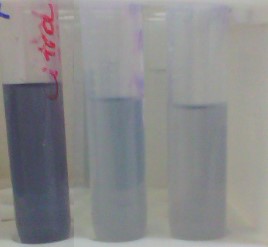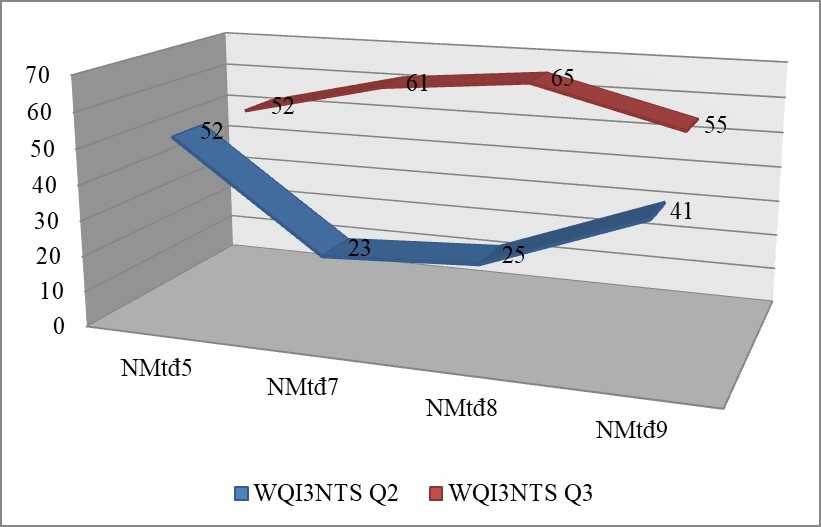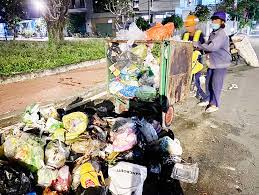05. Study on the possibility of eliminating phenol from pre-hydroyzate of lignocellulose in producing ethanol
Abstract
This study focuses on the technique of eliminating phenol from pre-hydrolyzate to meet the requirement of fermentation to produce ethanol from Saccharomyces cerevisae 4182 yeast with the concentration of 106 CFU/ml at laboratory scale. The results showed that before pre-hydrolyzate was used for fermentation, phenol had been removed at 37oC. In this condition, laccase enzyme acted on the phenol fractions of lignin to cut Cα-Cβ bonds and aryl-aryl bonds resulting in removing of 46.61% phenol. The longer the hydrolysis, the higher the phenol removal efficiency (up to 59%). The phenol removal efficiency, however, reached the highest in the first 60 minutes. The lacccase enzyme was used to remove phenol at 20 ÷ 120 IU/g bagasse. The results indicated that at 70 IU/g bagasse, the phenol removal efficiency was at the highest efficiency 49.91% ± 2.5% and the ethanol extraction efficiency was at 76.27 ± 2%. The study results comfirmed the laccase's role in lignocellulose hydrolyzate extraction for ethanol production.
Full text article
References
[2]. Ballerini, D, Desmarquest, J.P, Pourquie, J, Nativel, F, et Rebeller, M. (1994). Ethanol production from lignocellulosics: Large scale experimentation and economics. Bioresour Technol, 50, pp. 17 - 23.
[3]. Ernesto J. del Rosario, Ph.D (2008). Cellulosic Ethanol: Biofuel of the Future. Institute of Chemistry and National Institute of Molecular Biology & Biotechnology, University of the Philippines Los Baños, Laguna.
[4]. Food and Agriculture Organization of the United Nation (FAO) (2008). State of food insecurity in the world. Rome.
[5]. K.K. Cheng, B.Y. Cai, J.A. Zhang, H.Z. Ling, Y.J. Zhou, J.P. Ge and J.M. Xu. (2008). Sugarcane bagasse hemicellulose hydrolysate for ethanol production by acid recovery process. Biochem. Eng. J. 38, pp. 105 - 109.
[6]. Majcherczyk, A.; Johannes, C.; Hu¨ttermann, A. (1999). Oxidation of aromatic alcohols by laccase from Trametes versicolor mediated by the 2,2¢-azino-bis-(3-ethylbenzothiazoline-6-sulphonic acid) cation radical and decation. Appl. Microbiol. Biotechnol, 51, 267 - 276.
[7]. Slinkard, K; Singleton, VL. (1977). Total Phenol Analysis: Automation and Comparison with Manual Methods. AJEV, 28: pp. 49 - 55.
[8]. Jurado, M., Prieto, A., Martinez, A.T., Martinez, M.J. (2009). Laccase detoxification of steam-exploded wheat straw for second generation bioethanol. Bioresource Technology, 100, pp. 6378 - 6384.




